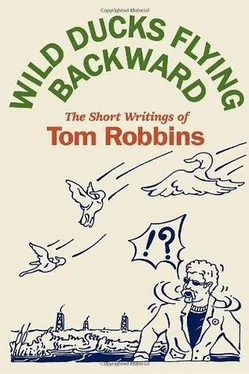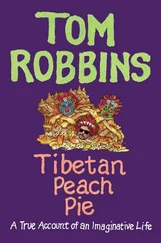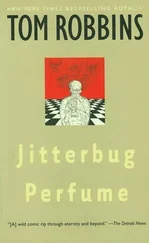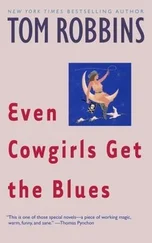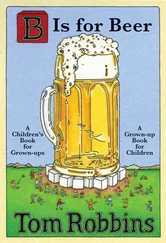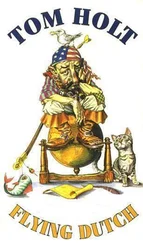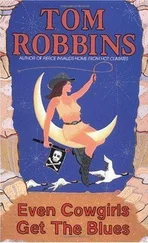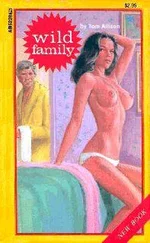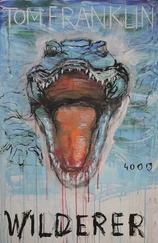As Campbell used to say, myths come from the same place dreams come from. But because they’re more coherent than dreams, more linear and refined, they are even more instructive. A myth is the song of the universe, a song that, if accurately perceived, explains the universe and our often confusing place in it.
It is only when it is allowed to crystallize into “history” that a myth becomes useless — and possibly dangerous. For example, when the story of the resurrection of Jesus is read as a symbol for the spiritual rebirth of the individual, it remains alive and can continually resonate in a vital, inspirational way in the modern psyche. But when the resurrection is viewed as historical fact, an archival event that occurred once and only once, some two thousand years ago, then its resonance cannot help but flag. It may proffer some vague hope for our own immortality, but to our deepest consciousness it’s no longer transformative or even very accessible on an everyday basis. The self-renewing model has atrophied into second-hand memory and dogma, a dogma that the fearful, the uninformed, and the emotionally troubled feel a need to defend with violent action.
The potential for violence is especially high when humanity stands, as it does today, at a crossroads of myth and religio-political fanaticism. In twelve years we’ll enter a new millennium. On the millennial threshold, hordes of overly susceptible people tend to become swept up in feverish visions of “the end of the world.” The desire for a fresh start, for an end to worry, work, and personal responsibility, mixes with mad prophecy and with what author Eleanor Munro has called “faith in the Pilgrim Lord’s millennial return,” to produce volatile psychological anticipation.
In the past, humankind on the whole has successfully weathered those storms, but whenever a segment has failed to comprehend the essentially symbolic nature of apocalypse (as in Judea at the waning of the last millennium BC), genocide has resulted. Prophecy self-fulfilled. Munro asks the chilling question, “How far does this myth still affect political destiny, by implanting structures in the minds of millions that must be fulfilled in historic time?”
In other words, if we expect and/or secretly covet Doomsday, we can make it happen. Those strange bedfellows, the rigid ignoramuses of the religious right and the comet-chasing, earthquake-fancying, harmonic-convergence-befuddled innocents of the New Age, share a misinterpretation of eschatological legend that is downright scary in intensity and scope. In its passionate if misguided longing to transcend the disorderliness, friction, and unpredictability that characterize life, it strikes me as a death wish on a global scale — but one that could be reversed with a basic understanding of mythology.
The Moyers — Campbell series does not deal with the millennialism issue in any direct way, don’t let me mislead you, but by simply reintroducing us to the mythic underpinnings of our culture and consciousness, it can help yank us from the jaws of the dragon and set us down once more in the magnificent labyrinth whose twists and turns it is our sacred privilege to go on negotiating for millennia still to come.
In Joseph Campbell and the Power of Myth, you will hear extraordinary stories told by a master storyteller, and you will see temples, art objects, and ceremonies you may have never seen before, as well as the antics of familiar heroes and heroines: astronauts, artists, actors, and athletes. Which is to say, the programs are entertaining as well as edifying.
They do tend to be visually static at times. It’s the nature of the medium. And while Moyers and Campbell play off one another fairly well, they’re not Wally Shawn and André Gregory. Nevertheless, there’re moments when Moyers, resembling a puckish George Bush, does seem to be having his mind blown during a scene from My Dinner With Joe . As interviews go, these are more conversational, less confrontational than many, but a subtly crisp dynamic does emerge.
What does not quite emerge is Campbell’s true personality. Oh, we get his twinkle, his halting eloquence, his robust but ever courtly assertiveness (a former world-class runner, he provides all aspiring octogenarians with an image to shoot for), but his private dimensions are left draped in opaque silks.
Well, so what? Perhaps we don’t need to know that Campbell was a dignified neo-Victorian gentleman, minus any trace of the sexual hang-ups associated with the type. Or that for the last forty years of his life he refused to read a newspaper and did not attend a motion picture until the day before his eightieth birthday when he sat through the entire Star Wars trilogy, one picture after the other. Or that socially he was barely to the left of William F. Buckley, harboring a withering contempt for the clamorings and phobias of the mindless masses. (Upon our return from Mexico, he vowed he’d never again set foot South of the Border: it was just too funky for him, too awash in lurid emotions.) He could appear haughty at times, but at his age and with his knowledge and accomplishments, he may be excused for not suffering fools gladly.
(And speaking of fools, you may have heard that there are thought police from our academic left who would tar the myth master with the anti-Semitic brush. This is hogwash. Far from attacking Jews, Campbell, an honest, uncompromising scholar, simply made the observation — non-arbitrarily and in proper context — that the ancient Hebrews failed to establish a high culture as did, for example, the Greeks, Egyptians, Chinese, Romans, Aztec, Inca, et al.; a nomadic people, they produced no great art, architecture, science, or centers of learning. What the Hebrews did do was engender, embellish, codify, and amplify Levantine legend, legend that still impacts the modern world, legend that Campbell spent a lifetime interpreting, if not always to the satisfaction of the sanctimonious.)
Despite his disappointment in contemporary humanity, however, Campbell maintained an enormous, contagious enthusiasm for what he called “the rapture of being alive.” That enthusiasm flares in the PBS series like a bonfire in a Druid glade. In fact, Campbell insisted that the Moyers interviews were not about meaning but experience, an experience of life in its whole geometric array of facets and phases.
So you watch this enlightening series, beginning to end. And after the final episode, you turn off your TV set. Moments later, a woodsman’s ax with blue eyes and a mossy handle flies in your bedroom window. Don’t be alarmed. True, it may want to marry you. On the other hand, it may have dropped by to invite you to the coronation of the Ant King. Accept, in either case. After all, as Joseph Campbell was fond of pointing out, “The myth is you .”
Seattle Weekly, 1988
Play for us, you big wild gypsy girl, you who look as if you might have spent the morning digging potatoes on the steppes of Russia; you who surely galloped in on a snorting mare, bareback or standing in the saddle; you whose chicory tresses reek of bonfire and jasmine; you who traded a dagger for a bow: grab your violin as if it were a stolen chicken, roll your perpetually startled eyes at it, scold it with that split beet dumpling you call a mouth; fidget, fuss, flounce, flick, fume — and fiddle: fiddle us through the roof, fiddle us over the moon, higher than rock ’n’ roll can fly; saw those strings as if they were the log of the century, fill the hall with the ozone of your passion; play Mendelssohn for us, play Brahms and Bruch; get them drunk, dance with them, wound them, and then nurse their wounds, like the eternal female that you are; play until the cherries burst in the orchard, play until wolves chase their tails in the tearooms; play until we forget how we long to tumble with you in the flower beds under Chekhov’s window; play, you big wild gypsy girl, until beauty and wildness and longing are one.
Читать дальше
